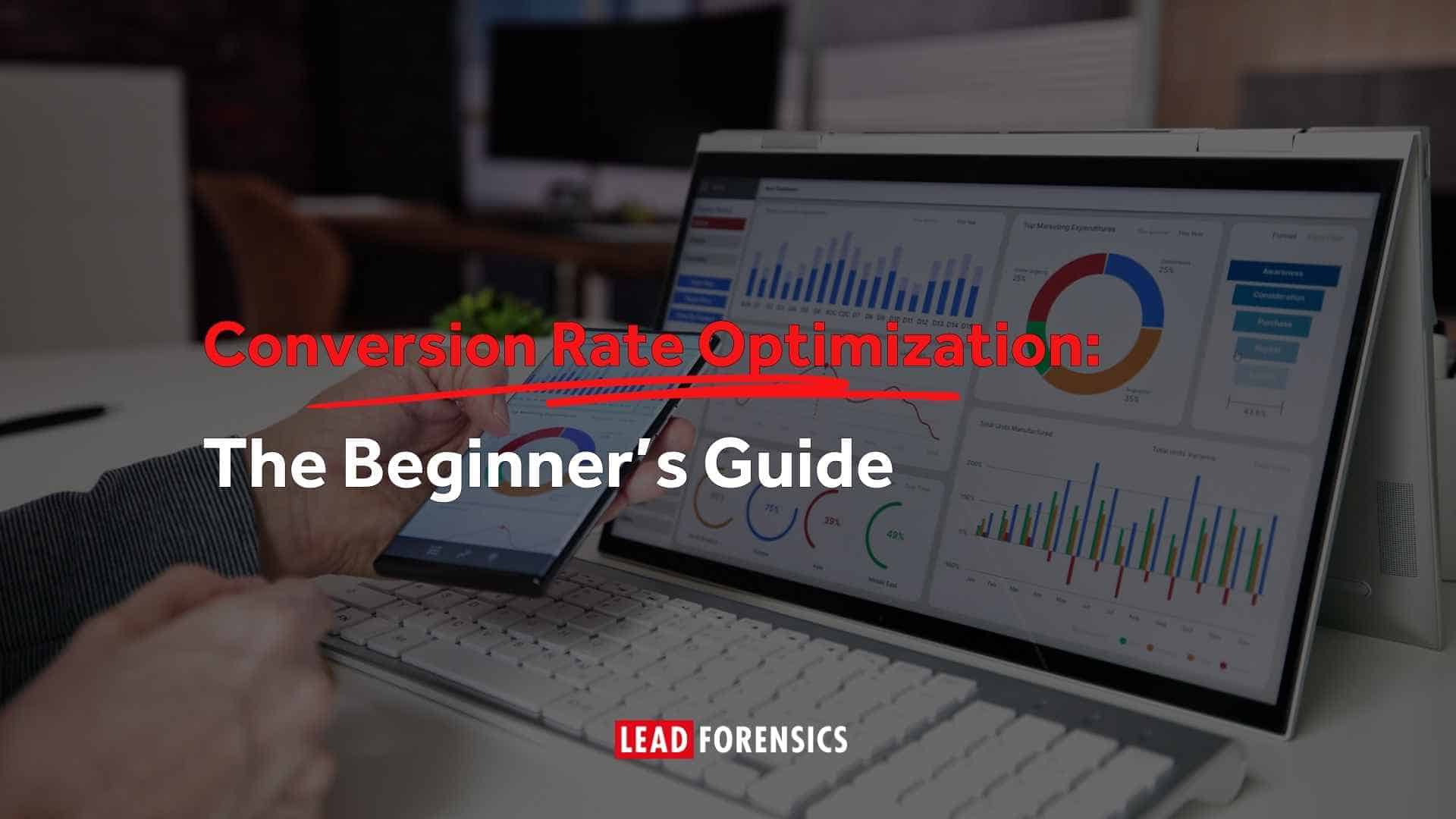Step One: Pre-Call Research (Know Before you Dial)
Before you pick up your headset, it’s important you know enough about your warm contact to engage them, this will help you start a conversation. This pre-call research will help you get their attention and show you’ve done some preparation.
You can do this by:
- Looking at their website activity, LinkedIn, or past interactions to find out what they’re interested in and how they have previously engaged with your business.
- Trying to figure out a problem they might have or why they might be interested in what you offer, so you can have a better conversation and get the opportunity to show how you can help them.
- Having a short explanation ready about why talking to you is useful. This helps you get to the point and shows you’re professional.
- Think about what you want to achieve during the call. What’s the main thing you hope to talk about or find out? Having a goal in mind will help you stay focused during the conversation.
Step Two: Open The Call with an Icebreaker
When you’re mastering the art of connection in a cold call, you need to share the reason for your call as quickly as possible. But when it comes to warm calling, you’re more likely to reference the connection between you and use a more personalized greeting. Preparing an icebreaker can open the dialogue up and make the initial interaction less direct.
Some examples of warm call openers include:
- “Hey Tom, I noticed you checked out our podcast. Were you looking for something in particular?”
- “Hi Anne, I saw you downloaded our eBook on ‘Persuasion in B2B’. Just curious, did you find what you needed?”
- “Chase Taylor was just telling me about you. He said we should connect. He mentioned you’re also into B2B sales.”
Remember, the goal is to spark a conversation and build rapport, not pitch immediately.
Step Three: Follow-Up with Multi-Channel Touchpoints
After the call, you need to follow-up in order to keep the conversation going, build trust and develop your relationship. And, as shown by the latest cold calling statistics, 80% of successful sales require five or more follow-ups.
If you vary the channel you use to follow up with your prospect, you may catch their attention in new ways and become visible across multiple touchpoints.
Try these five different ways to follow up:
#1: Warm call and email referencing their engagement.
#2: Follow-up email with added value like a case study, blog or testimonial.
#3: Social media touchpoint by liking or commenting on their post and sending a light message.
#4: Second call with a new angle and no pressure.
#5: Final nudge email with a soft close or an open-ended invitation to connect later.
Bonus: Quarterly touchpoints. Set a reminder every few months to send a friendly email, maybe referencing something you discussed or sharing a relevant update from your company. This keeps you on their radar without being overwhelming.
Step Four: Closing the Call with Clear Next Steps
When you end the call with a clear next step, you help your prospect by outlining what to expect after your call. It can also remind you of what you promised to deliver during the call and keep everything clear when juggling multiple warm calls. Plus, it helps show that you’re professional and organised, which can go a long way when building up that trust. And if you get them to agree to the next step, this buy-in increases their commitment to the process and brings you a step closer to closing the sale.
When you mention the next steps, be sure to:
- Schedule a follow-up meeting so everyone knows when it is and has something to look forward to.
- Send over relevant content for the person to read before you talk again.
- Agree on a future check-in date.
Bonus Tips: How To Handle Objections Like a Pro
You may already know how to handle some of the most common objections. But because your contact is already familiar with your business, they might throw up some objections you haven’t heard before.
It may help to think about some more objections you could face, and easy ways to handle them:
- I don’t have time.
I get it. Would a quick five-minute call next week work better? - I am too busy right now.
I completely understand, I could send over a quick summary of how our solution can save you time and efficiency. - I am not interested.
I totally understand. Do you mind if I check back in a few months?
By doing your homework, starting conversations the right way, following up thoughtfully and ending calls with clear plans, you’ll be well on your way to turning those warm connections into happy customers. Get out there and make some great calls.










